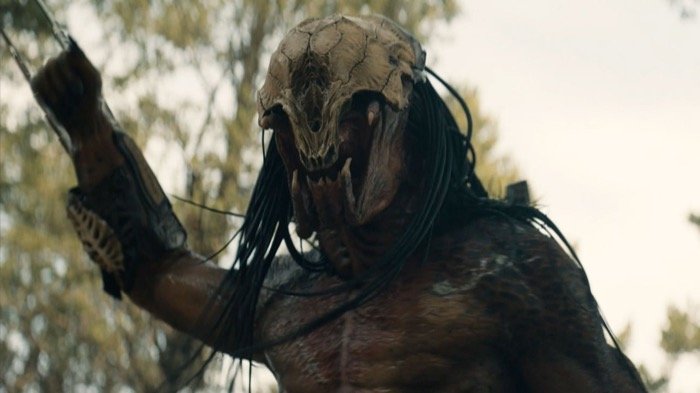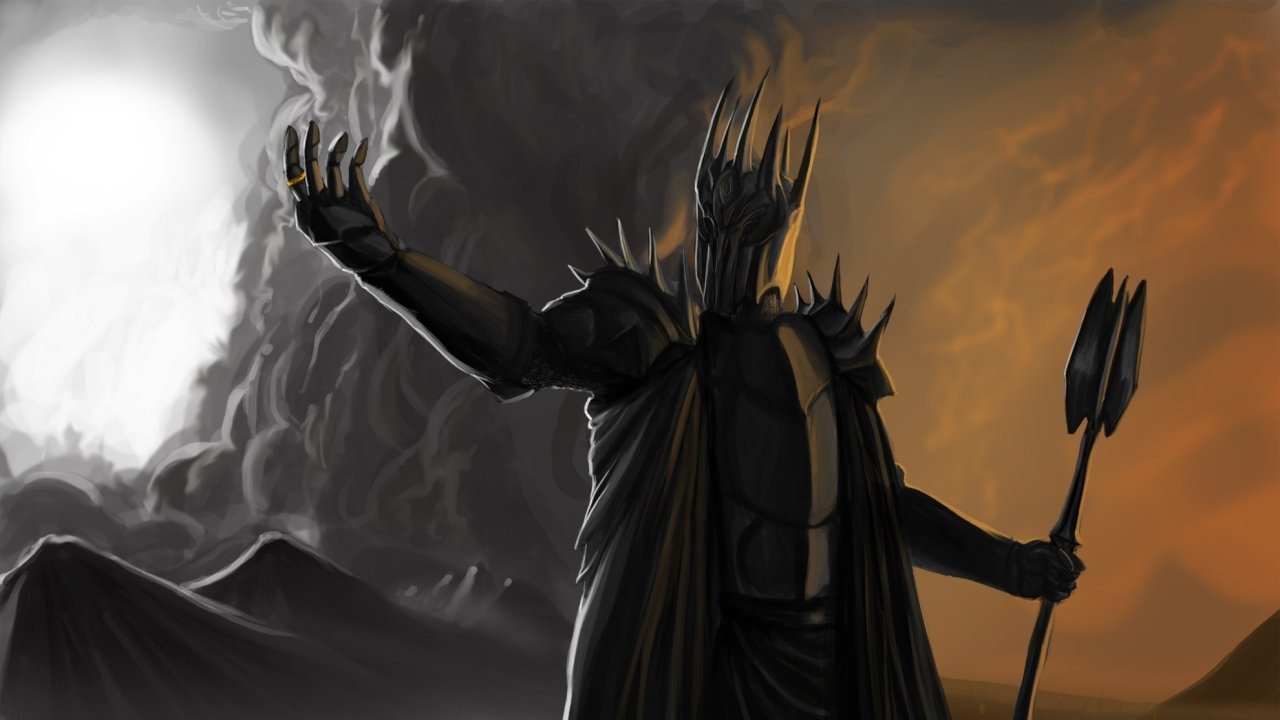The Importance Of Representation in 'Prey'
Image Source: Space.com
Dan Trachtenberg’s Prey (2022) achieves many things. It respects the predator character and makes it terrifying, once again. The film’s cinematographer, Jeff Cutter, orchestrated what is the most beautiful film in the franchise without sacrificing tonality. In comparison to the John McTiernan film Predator (1987) which embraces claustrophobia with a constricting jungle, this film is wide-open. It handles the portrayal of the era of the European colonialization of North America very similarly to Alejandro González Iñárritu’s The Revenant (2015). By embracing the beauty and inherent danger than existed in the Great Northern Plains, the creators successfully allowed the land to become a character in the film itself. This is the most important point because by distinguishing the land in this manner, we can get to the core of why the indigenous representation in the film works so beautifully.
A good percentage of films in American cinema that have involved indigenous casting (or indigenous characters played by non-indigenous actors) revolve around trauma and the struggle of North American indigenous people. These films typically leverage harmful stereotyping, illustrating these people as alcoholics, “primitive,” or as exclusively victims. In contrast, Prey (2022) recognizes the opportunity it had to portray the power of a people wholly adapted to the landscape. The creators recognized how culture and land have been linked in concert for human survival throughout history.
If you are someone who gets easily frightened during a horror movie, consider something you can hold tight during those times. Like this Cross Ring, A subtle and carefully crafted reminder that you are never alone.
RELATED:
Image Source: IGN
Amber Midthunder’s Naru is a survivor. In her journey, we see her earn respect in both her handling of natural medicines and her hunting prowess. Despite her hunting abilities not being innate, her progression illustrates that negotiation with nature is a necessity for survival and has been throughout her people’s existence there. The natural order of the land is illustrated through the lens of the predator and Naru. The predator is a voyeur, studying the relationships that exist between species on Earth. The predator aims to disrupt that order and hunt the most dominant creatures it discovers. Naru, in contrast, is an element of that order. She gathers food and materials necessary for her people’s (the Comanche of the Great Northern Plains) continued existence.
The film shows us that the world Naru lives in protects those that respect the land and rejects those who disrupt and pervert it. The French fur traders are evidenced in the brutalized trees in the ash-covered forest, the animals skinned with meat left on their carcass, and the metal traps left on the Earth. Those characters are dispatched. Naru finds protection from the predator behind a tree, in tall grass, and escapes it temporarily in a river. The predator, true to the theme, is dispatched by its own machinations, which are inherently alien and disruptive. Naru returns home. A partner of the land and defender of her people. She illustrates to the predator that holism is necessary. Intelligence and critical thinking are just as vital to a survivor as courage, fighting prowess, and strength.
Image Source: IGN
I am Métis Ojibwe and a member of the Turtle Mountain Band of Chippewa. My people clashed and mixed with French fur traders. Our languages were made illegal, our hair (which holds spiritual value) was cut, we were forced into Catholicism, and we were given papers to track our blood percentage. However, that is not our story. That is something that happened. Our story is the one in which our culture was borne out of respect and partnership with the land. It taught us hard lessons and we understood them. We waste nothing, we respect the order of the world and its intricacies. That is why the indigenous representation in Prey (2022) works because it understands that difference.
The representation in this film is important. The efforts made in this film are important. Jhane Myers, a producer of the film, revealed in an interview with Digital Spy that the dialogue was intended to be spoken only in Comanche. Despite the film ultimately going in an alternate direction, it will receive a Comanche dub which is extraordinary. I hope Prey (2022) influences others to understand and illustrate that people are entities apart from trauma and circumstance.
READ NEXT:
Source(s): Movie Database Wiki, Digital Spy





